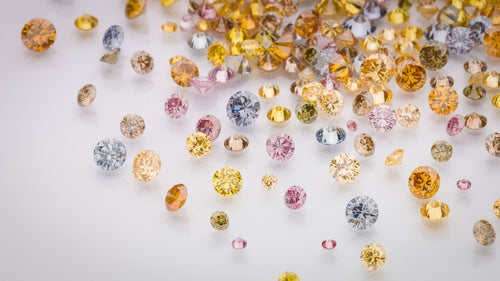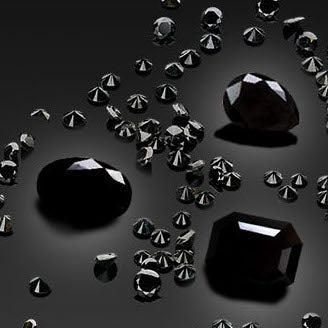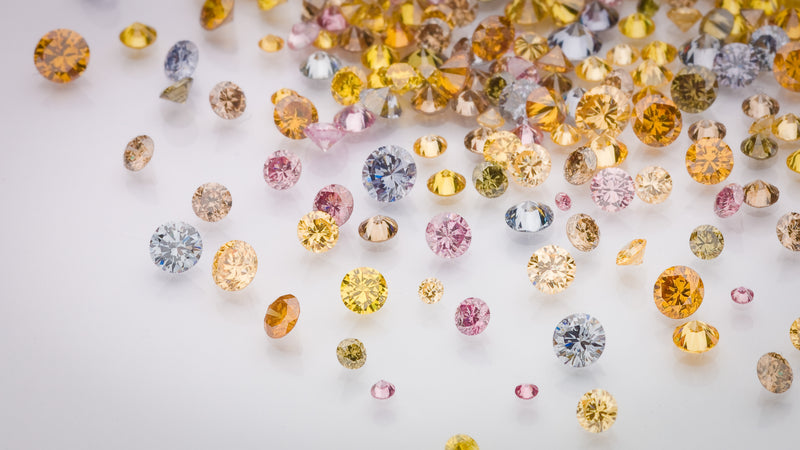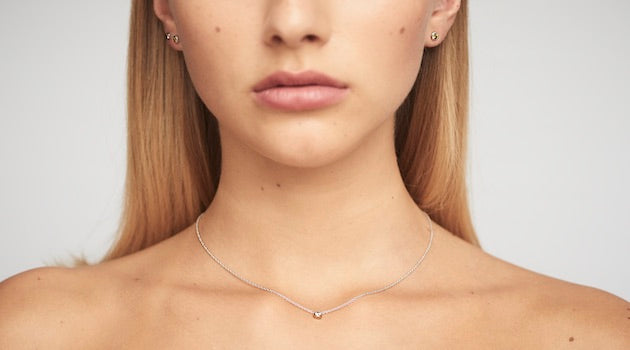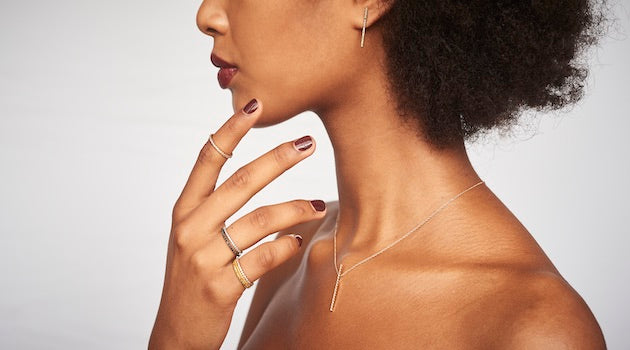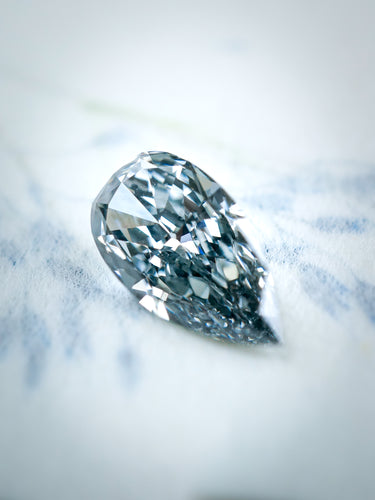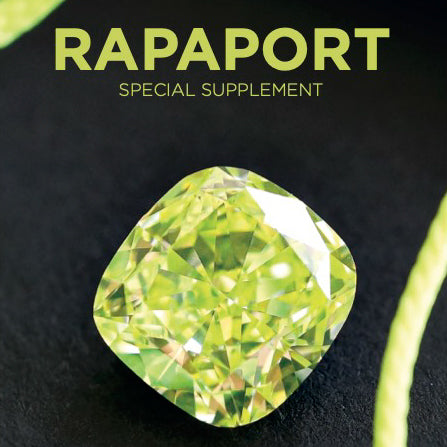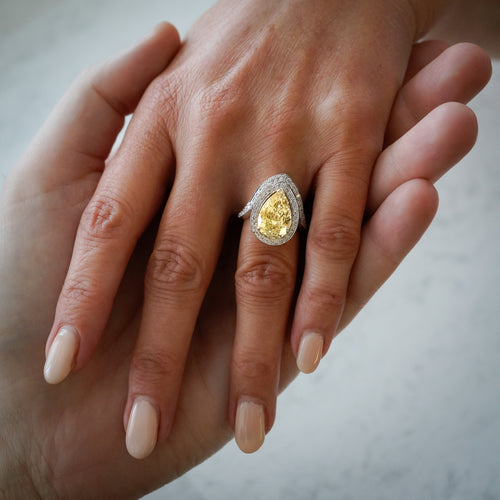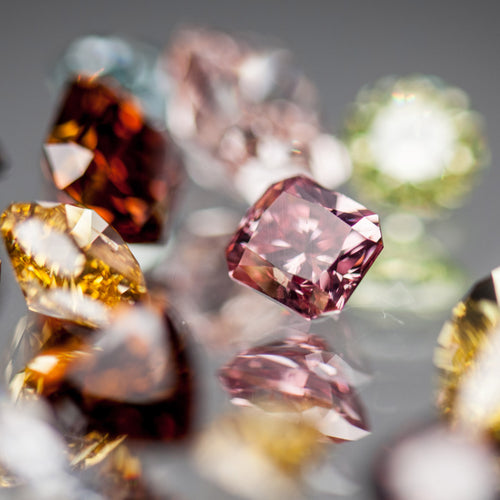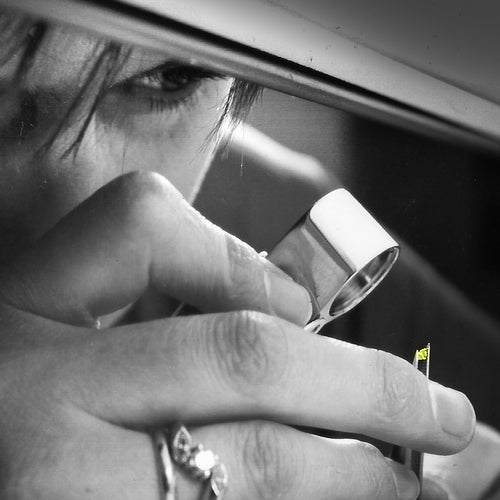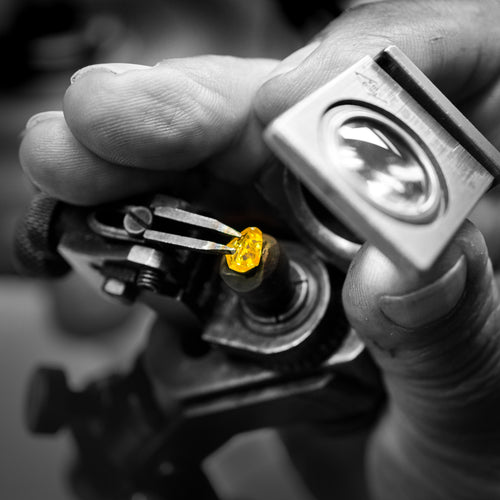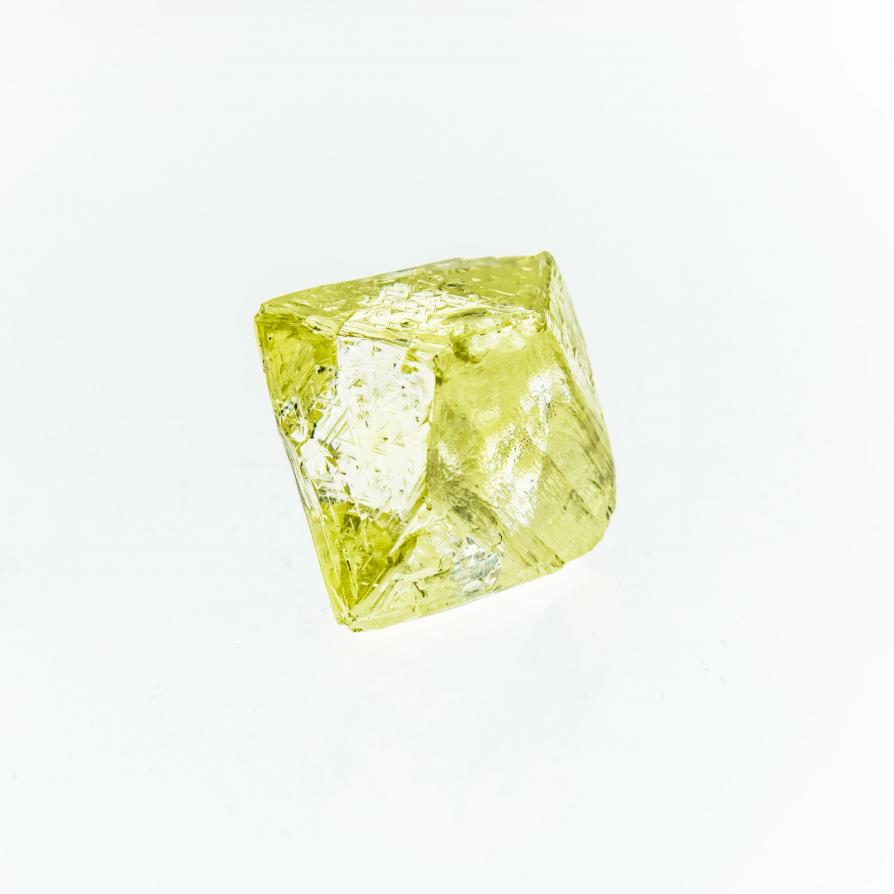

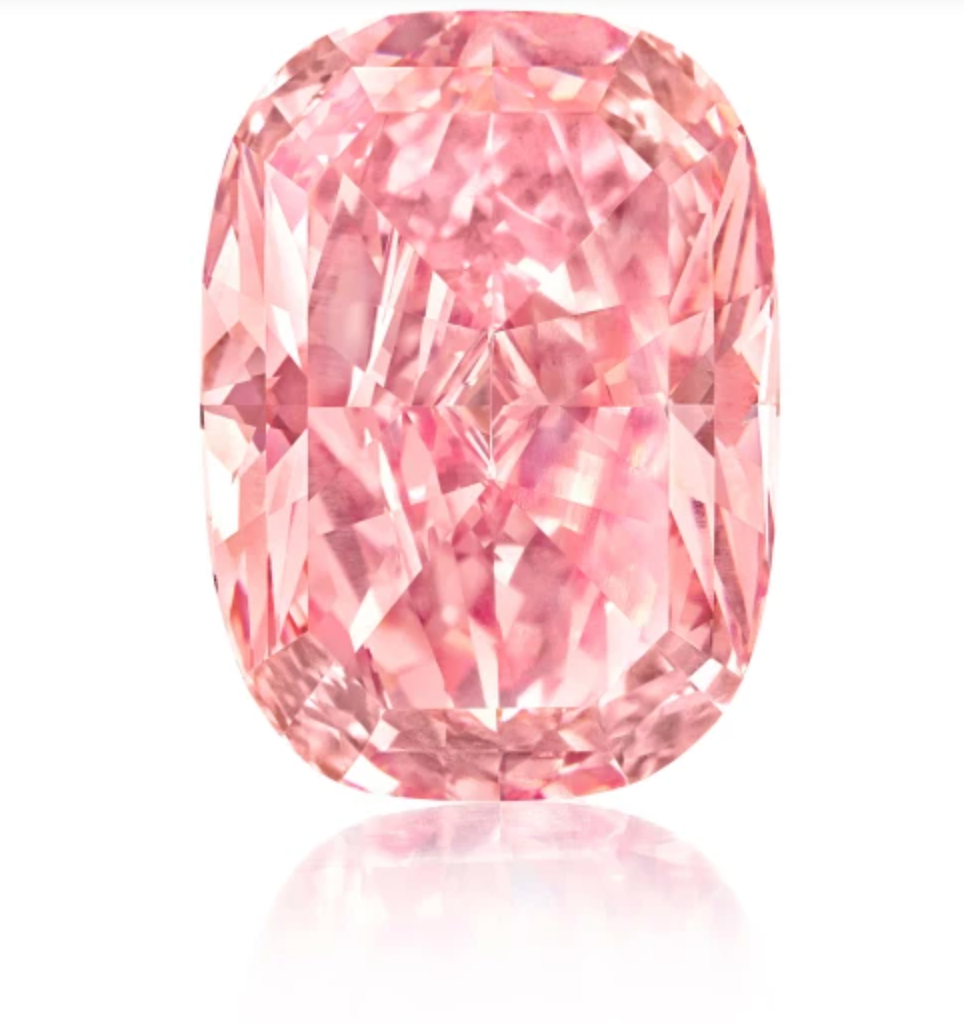
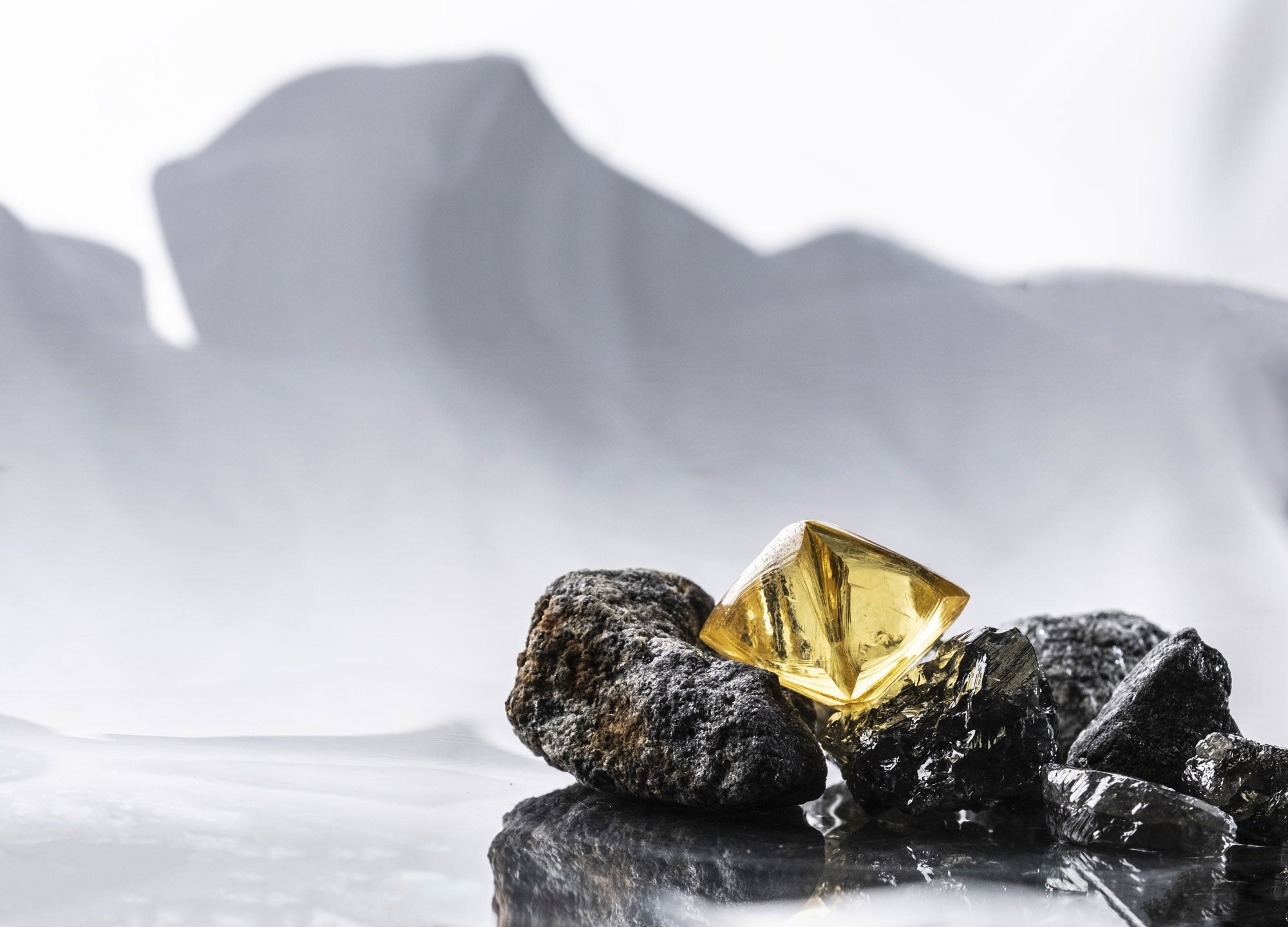
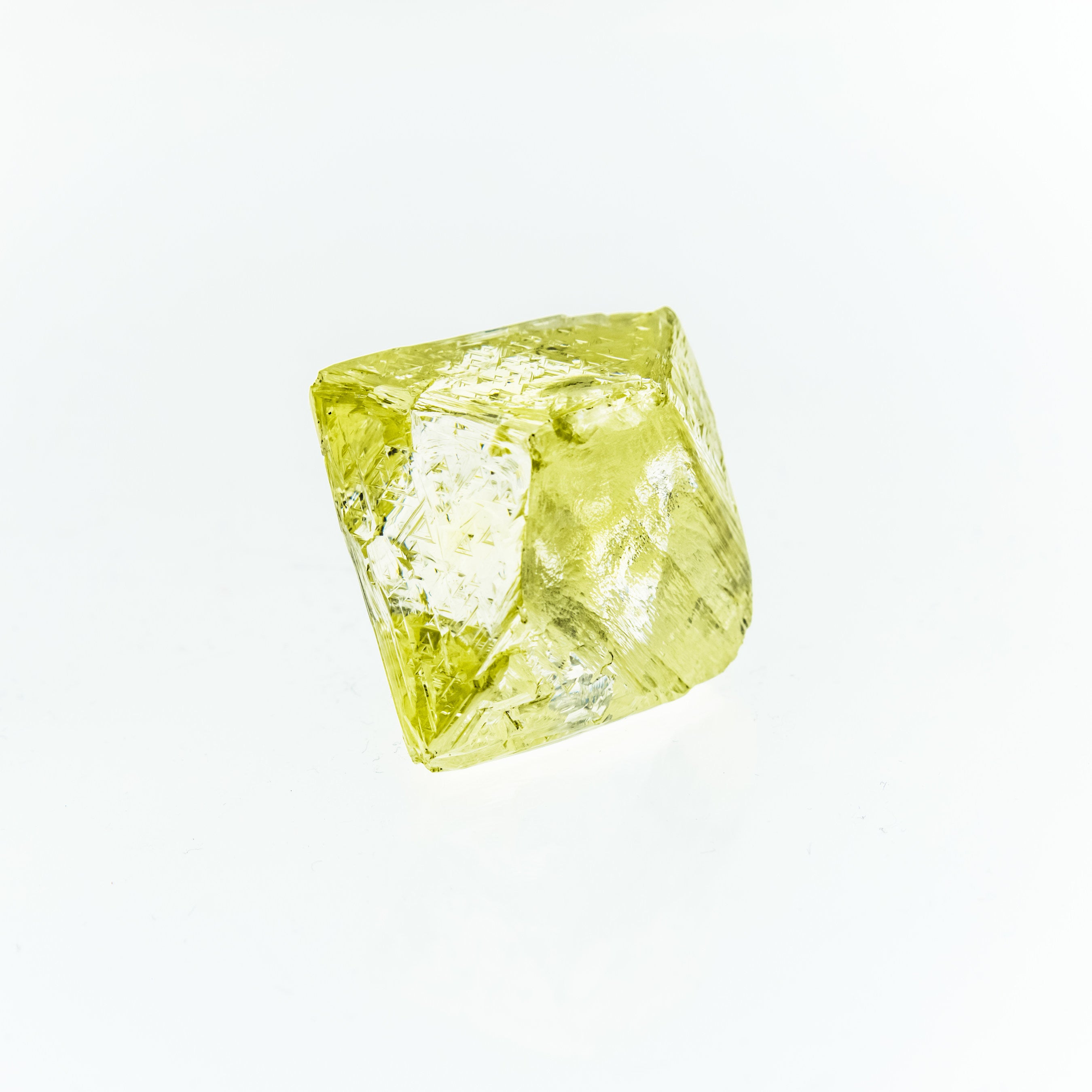
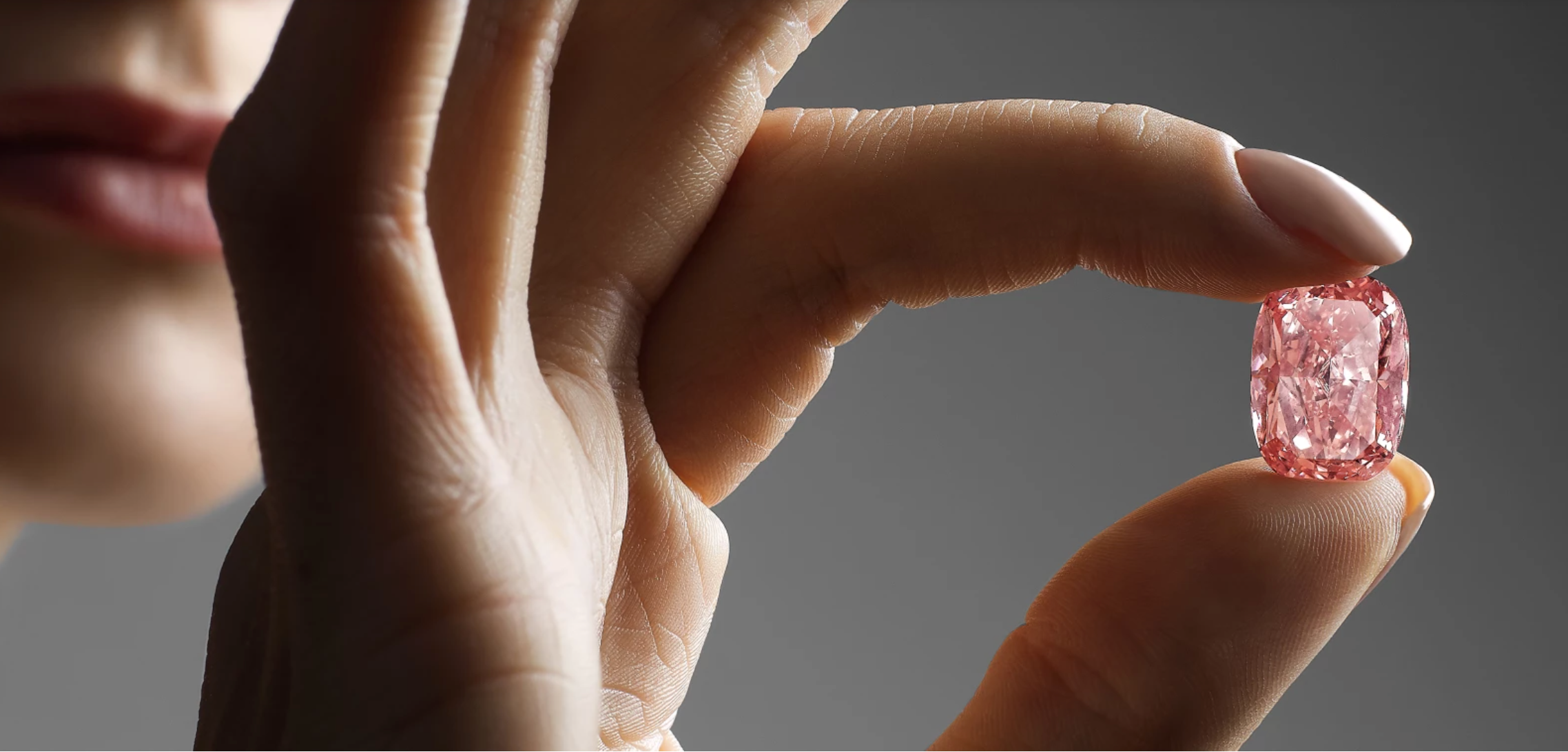
Faberge and Harrods Collaborate for Easter
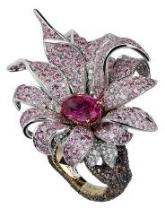
(February 24, '14, 7:18 Danielle Max) (IDEX Online News) – Famed London department store Harrods and iconic artist jeweler Fabergé are coming together this Easter to create a unique salon and exhibition space. The Brompton Road windows and façade of the luxury retailer will be dressed in Fabergé flags to celebrate the Fabergé story.
The window displays will showcase Fabergé from its Imperial Easter Eggs and royal clientele, such as the Russian Imperial Court to today’s contemporary jewelry creations.
To mark the event, an original Fabergé Egg – The Apple Blossom Egg – along with other vintage items, will be on display. The Egg, which was designed in 1901, is crafted in gold, diamonds and nephrite. Its appearance in London will mark the first time that it has been exhibited in the UK and in a non–museum environment.
As well as the Egg, a Fabergé salon will house the jewelry collection of one-of-a-kind collectible pieces designed for Fabergé by Parisian artist jeweler Frédéric Zaavy. In addition a Fabergé “Egg Bar” will offer customers an opportunity to discover the iconic egg pendants, while a bespoke in-store engraving service will allow them to personalize gold egg pendants.
To celebrate the collaboration, Fabergé has created a limited-edition spiral tassel pendant, available exclusively at Harrods. The diamond-set egg comes with a gemstone tassel, finished with amethyst, tsavorite, or spinel.
“A Fabergé Easter at Harrods” will run from April 1-21.
